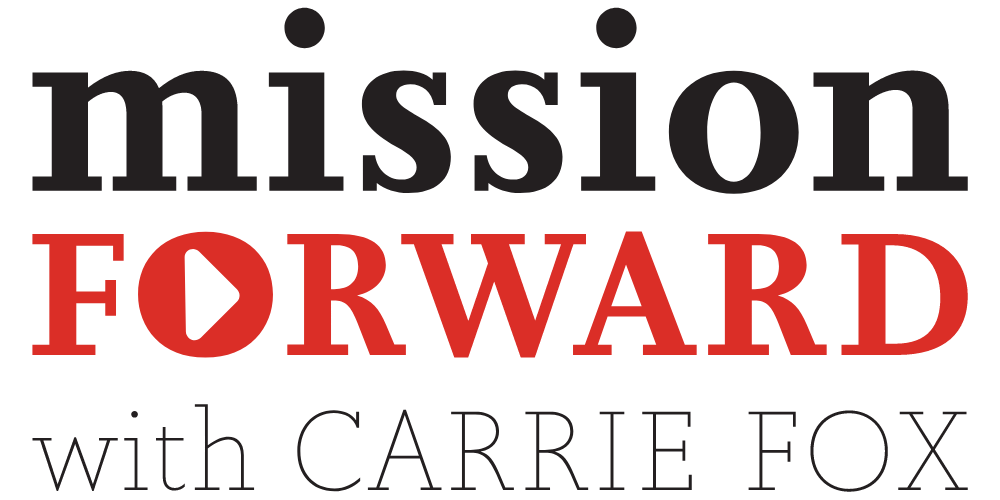What’s Hiding in Your Writing?
This article is part of Finding the Words, a newsletter that delivers practical insights on the day’s issues.
Ed Yong is a best-selling author and Pulitzer Prize-winning science writer at The Atlantic who served as a constant source of insight and wisdom during the COVID-19 pandemic. But before his award-winning pandemic reporting, Yong spent two years trying to fix a gender imbalance he discovered in his stories.
Inspired by his colleague Adrienne LaFrance, who conducted a similar assessment across all Atlantic journalism, Yong found that only 24% of his twenty-three articles for The Atlantic quoted women sources. And of those stories, 35% featured no female voices at all.
“I knew that I cared about equality, so I deluded myself into thinking that I wasn’t part of the problem. I assumed that my passive concern would be enough. Passive concern never is.”
Ed’s heartbreakingly honest revelation reinforced for me that we all have communication blind spots. It’s easy to believe we’re telling our best stories, but the reality of implicit bias is that we bring it to the table without realizing it’s there.
Looking for more? Listen to my conversation with Ed Yong on the Mission Forward podcast.
How much bias would you uncover if you were to assess the stories on your own website, in your annual report, or across your most recent marketing campaign? And what if the stories you’re telling about your work are actually limiting your ability to communicate with your most important audiences? What if, in elevating your organization’s “best” stories, you’ve unintentionally left out some of the most vital voices from your organization’s narrative?
Inspired by Ed’s work, here are two tips drawn from a longer list we’ve developed to help organizations communicate through an equity lens:
When you focus on who your stories are about and who benefits from them, you’re more likely to be inclusive in your storytelling. Review your writing for the appropriate use of pronouns to ensure neutrality when referring to a person’s identity. For instance, “each manager must report his numbers at the end of the month” presents a bias, as compared to “all managers must report their numbers at the end of the month.” Also review your writing to ensure that you are indeed focused on people, not their conditions or current state. For instance, we all experience difficult moments in our lives, but one need not be defined by those moments. Notice the difference between describing a homeless person and a person experiencing homelessness or a foster kid versus a young person living in foster care.
Your organization’s most important and influential voices need not be the most expected. Sticking with a small set of spokespeople or community success stories is rarely representative of the whole and may be reinforcing your organization’s own biases. Before elevating who you believe is a “picture of success,” ask your community to answer that question for you. You can also assess your own unconscious attitudes and associations to better inform your storytelling. One of the most effective and free tools iis the Implicit Association Test (IAT), created and maintained by Project Implicit, a consortium made up of researchers from Harvard University, the University of Virginia, and the University of Washington.
Before publishing your next article, annual report, or research brief, check your work with a fresh set of eyes, and always make time for community feedback. Ask what changes they’d make to strengthen the story and make it more inclusive. You can also ask yourself:
Are the pronouns she, he, and they used close to an equal number of times?
Is any language about people written as people-first, as in “people with diabetes” instead of diabetics?
Have labels or conditions been misused as nouns to describe a group, for example, “the city’s homeless population?”
Do you know, or do you need to ask, which term is preferred for a national origin, race,or gender identification for a specific audience?
Bottom Line: It often takes an outside perspective to help discover an unconscious bias. Make time at the start of your writing process for community input, and you’ll have a much better, more informed, and accurate article in the end.
This post is part of the Finding The Words column, a series published every Wednesday that delivers a dose of communication insights direct to your inbox. If you like what you read, we hope you’ll subscribe to ensure you receive this each week.







I know the feeling of wanting more from a colleague—and the feeling of personally underdelivering. Even when I’ve given something my all, sometimes the results are less than I hoped. Those moments can be defeating, and they can knock us off course. If they happen too often, they’re a certain recipe for job transition. So, I’ve come to navigate these requests differently in recent years.